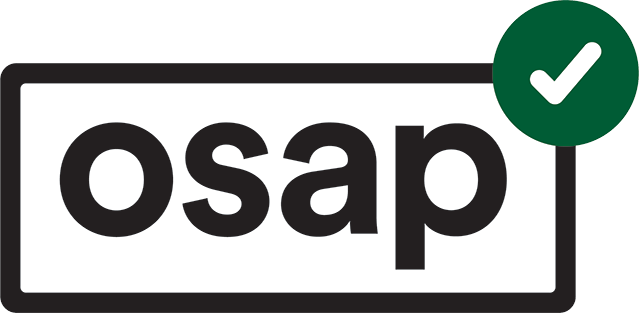How 2006 Default Rates Work
The 2006 default rates reflect the repayment status of students who were issued Ontario Student Loans in the 2003-04 academic year and completed or exited their studies by 2004-05. For purpose of calculating institutional default rates, student loan recipients/defaulters are assigned to the last institution/program they attended in 2003-04. The status of these loans was assessed as of July 2006 or about two years after the student was expected to begin repayment.
An Ontario Student Loan granted after July 31, 2001 is in default when the National Student Loans Service Centre submits a claim to the Province of Ontario for default that satisfies the conditions as set out in O. Regulation 268/01 under the Ministry of Colleges and Universities Act. Default claims that have been submitted by the National Student Loans Service Centre in accordance with the Act and regulations there under are paid by the Province.
As is practiced by the Alberta government and United States Department of Education, the Ontario government calculates default rates on the basis of incidence (i.e., the number of loans in default expressed as a percentage of the number of loans issued.)
To maintain student confidentiality in keeping with the Freedom of Information and Protection of Privacy Act, default information has not been shown in instances where the number of loans issued to students attending institutions or programs is four or less.
The overall 2006 default rate for Ontario postsecondary institutions is 10.3%. The 2006 default rates for each sector range from 5.7% for universities, to 13.6% for colleges of applied arts and technology, to 16.8% for private career colleges and 6.0% for other private and publicly funded institutions.
Postsecondary institutions have an important role to play in reducing loan defaults. Improving program quality and relevance, ensuring adequate recruitment, testing and admissions practices, providing support to students to complete their studies and providing assistance with job placement are examples of measures institutions can take to reduce student loan defaults.
To date, the Ministry has taken a number of measures to reduce the incidence and cost of loan defaults. These include but are not limited to:
Institutions are required to provide students with accurate information on default rates, graduation rates, and graduate employment rates by program so that students can make a more informed choice of studies.
Ontario Student Opportunity Grant - Students who borrow more than $7,000 for the year (a year is considered two terms) receive a grant for the amount above $7,000, provided they complete their academic year.
The Ontario Access Grant, funded entirely by Ontario, is available to second-year students from low-income and modest middle-income families to assist with tuition costs.
Credit Screening New loan applicants who have been in arrears for 90 days or more on three or more personal loans in the past three years with a combined value $1,000 or more will be ineligible for student loans. Students may still become eligible if they appeal and can demonstrate exceptional circumstances and a strong likelihood of repayment.
Beginning November 2004, borrowers who exhaust interest relief and are still unable to meet their Ontario Student Loan repayment obligations may be eligible for three separate loan remission payments spaced one year apart and valued at up to $4,300, $2,200, $2,200 respectively.
The Ministry verifies income information that students, their parents or spouses provide to OSAP with taxpayer information from Canada Revenue Agency. When income is under-reported, students are notified and overpayments are deducted from future loans or grants for which the student may be eligible.
Closing the bankruptcy loophole - Federal legislation exempts federal and provincial student loans from being included in bankruptcy proceedings for a 10-year period following students= completion of their studies.

